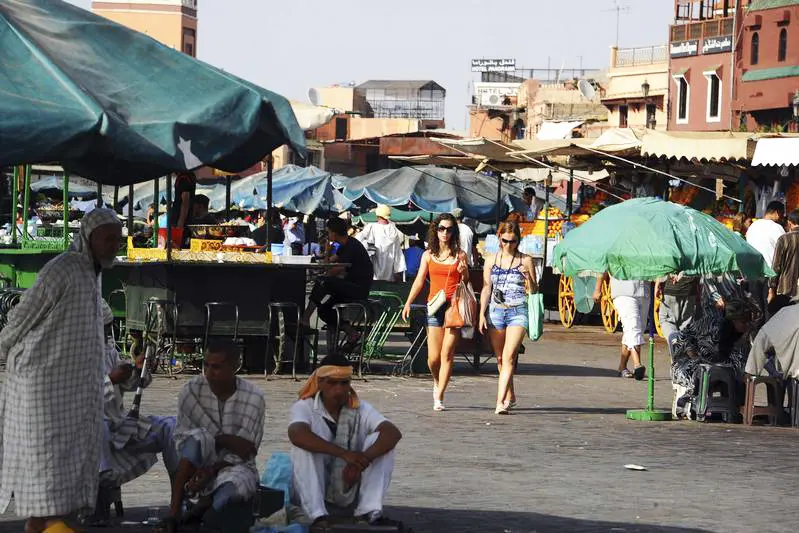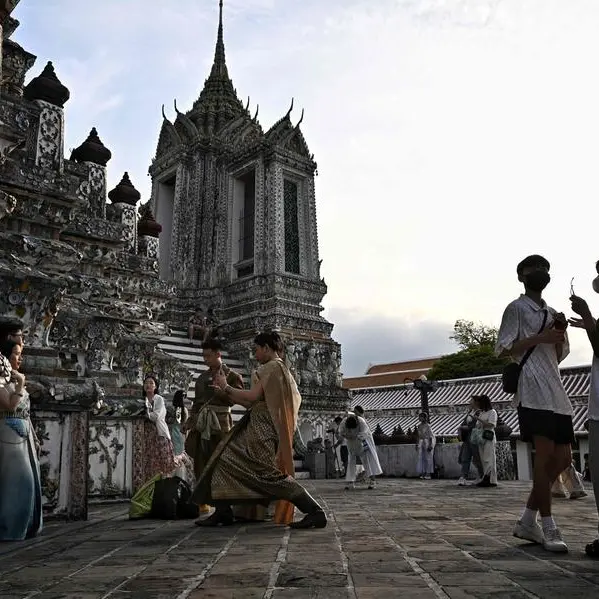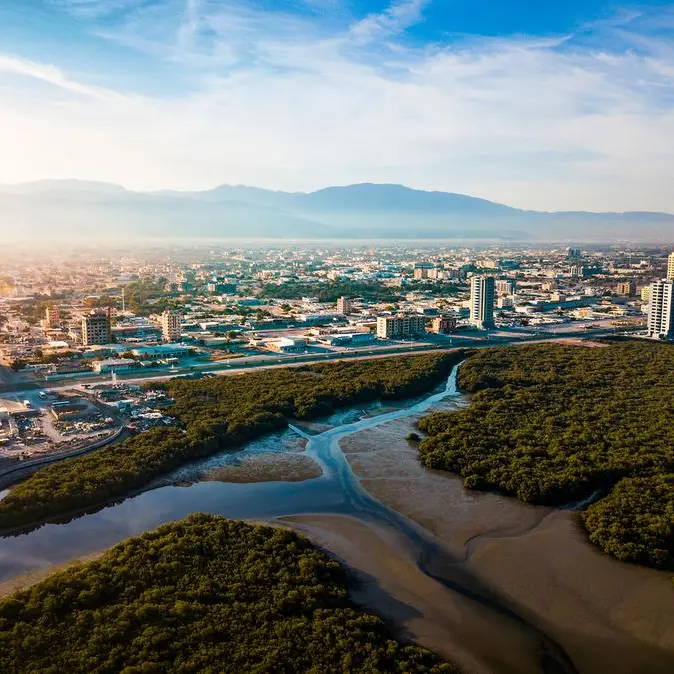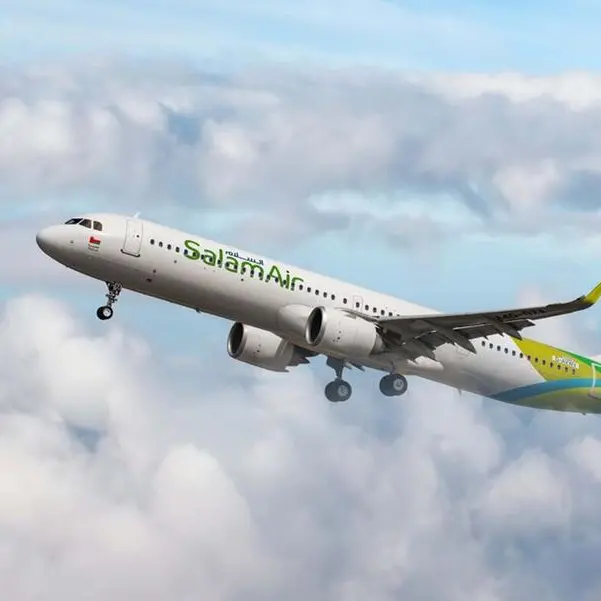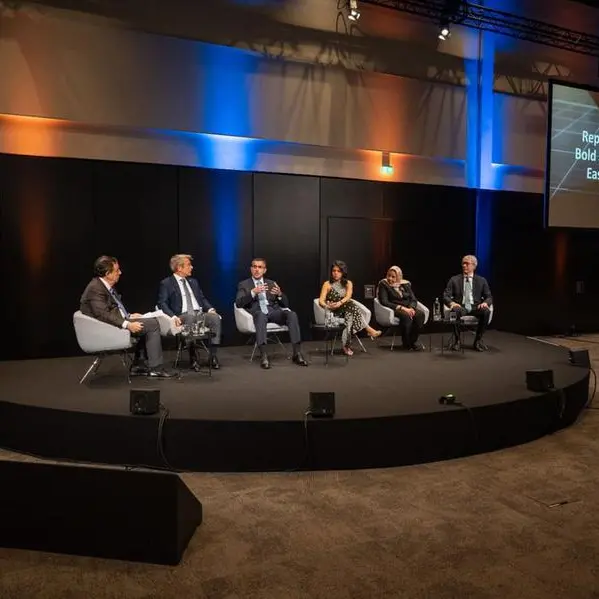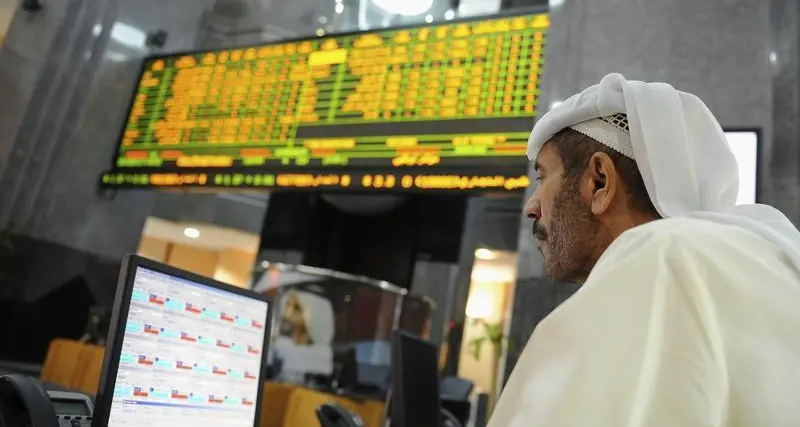PHOTO
A strong agriculture harvest put Morocco on course to post healthy growth in 2015, while structural reforms, together with strategic diversification plans targeting key sectors and regions, are also beginning to yield results.
Ratings agency Fitch described 2015 as a year marked by exceptionally strong agricultural output, with Morocco set to post GDP growth of 4.6%, up from 2.7% in 2014 when a poor harvest and low external demand took their toll on the economy.
In the year ahead the government will be looking to strengthen the GDP contributions of key sectors, including agriculture and industry, through a combination of targeted support programmes for local producers and financial incentives for investors.
Economic forecastEconomic expansion is expected to ease to 3% in 2016, according to the IMF, with non-agricultural activities set to make a slow recovery on the back of a gradual revival in EU markets, which account for nearly 60% of Morocco's foreign exchange earnings.
Economic reforms, including the removal of key subsidies, are expected to spur growth, in line with the national drive to reduce the budget deficit.
In December the government moved to fully liberalise gas and diesel prices as part of its plans to cut spending on subsidies from a budgeted Dh23bn (€2.1bn) in 2015 to Dh15.5bn (€1.4bn) in 2016.
Thanks in large part to lower subsidy spending and a more modest energy import bill, Morocco's fiscal deficit is expected to decline from 4.3% of GDP in 2015 to 3.5% in 2016, according to government estimates.
Planting the seedsA record harvest helped make 2015 an exceptional year for Morocco's agricultural sector, which accounts for around 15-20% of GDP and provides direct employment for over 4m workers. The country's cereal harvest hit a record 11m tonnes over the year.
The government is looking to build on sector growth with the introduction of a five-year plan aimed at supporting producers and boosting employment. The Dh174bn (€16.1bn) Green Morocco Plan seeks to modernise the sector and make it more internationally competitive, while also offering targeted support to smallholders as part of a drive to foster more inclusive growth in rural areas.
Through the plan the government hopes to create 1.15m jobs in the sector by 2020 and triple the income of 3m rural residents.
Support for industryTo create a more sustainable engine for long-term growth, Morocco is working to increase the industrial sector's contribution to GDP from 14% in 2014 to 23% by 2020. This effort is also beginning to yield results, bolstered by tax incentives and upgraded infrastructure in key industrial zones.
In June France's automaker PSA Peugeot Citroën announced plans to open a €557m plant at the Atlantic Free Zone in Kenitra, which will manufacture compact sedans and town cars for the Middle East and African markets.
The aerospace industry, another key element of the kingdom's expanding industrial sector, is also building momentum, with French aviation leader Thalès announcing plans in late 2015 to build a new plant in Casablanca's Nouaceur Aerospace City.
December also saw Stelia Aerospace, a subsidiary of France's Airbus that specialises in structures and components for commercial aircraft, inaugurate a Dh410m (€38.1m) facility in Nouaceur, the company's second in the kingdom.
Regional driveDecentralisation efforts, another pillar of Morocco's long-term growth drive, also gained pace in 2015. The country is looking to transfer key powers and resources to local officials, paving the way for the regions to have greater control of their economic development.
The east of the country is set to benefit from a new deepwater port, earmarked for construction some 30 km from the city of Nador.
The Nador West Med facility, expected to come on-line in 2019 or 2020, will include terminals for container trans-shipment and coal and hydrocarbons, with part of the financing to be provided by the European Bank for Reconstruction and Development (€200m), the African Development Bank (€111.5m) and the Arab Fund for Economic and Social Development (€175m).
Sweeping plans to develop the greater Casablanca area also began to take shape in 2015, following the launch in late 2013 of a six-year initiative aimed at attracting new investment to Morocco's largest city.
The 2015-20 Casablanca strategic development plan will see the roll out of a wide range of integrated projects, valued at Dh33.6bn (€3.1bn), ranging from transport infrastructure to leisure facilities.
Mixed year for energyMorocco, a net energy importer, has benefitted from the drop in hydrocarbons prices, although the year did bring challenges for the domestic energy industry, led by the closure of the country's Mohammedia refinery, operated by the Société Anonyme Marocaine de l'Industrie du Raffinage.
The closure of the facility - which is the country's sole refinery, capable of processing 200,000 barrels per day (bpd) - was the result of an outstanding Dh13bn (€1.2bn) tax claim according to local press reports. This left Morocco fully reliant on refined imports to satisfy its 300,000 bpd of domestic petroleum consumption in the last quarter of the year. As of early January, the refinery remained closed.
The renewables segment, however, witnessed more positive developments over the course of 2015, led by development of the Noor I solar plant.
The facility, which will rank as Africa's largest solar plant, is being created as part of Morocco's ambitious National Renewable Energy and Energy Efficiency Plan, introduced in 2008. The kingdom now aims to satisfy 52% of electricity demand from renewable sources by 2030, reducing the country's dependence on energy imports.
© Oxford Business Group 2016
